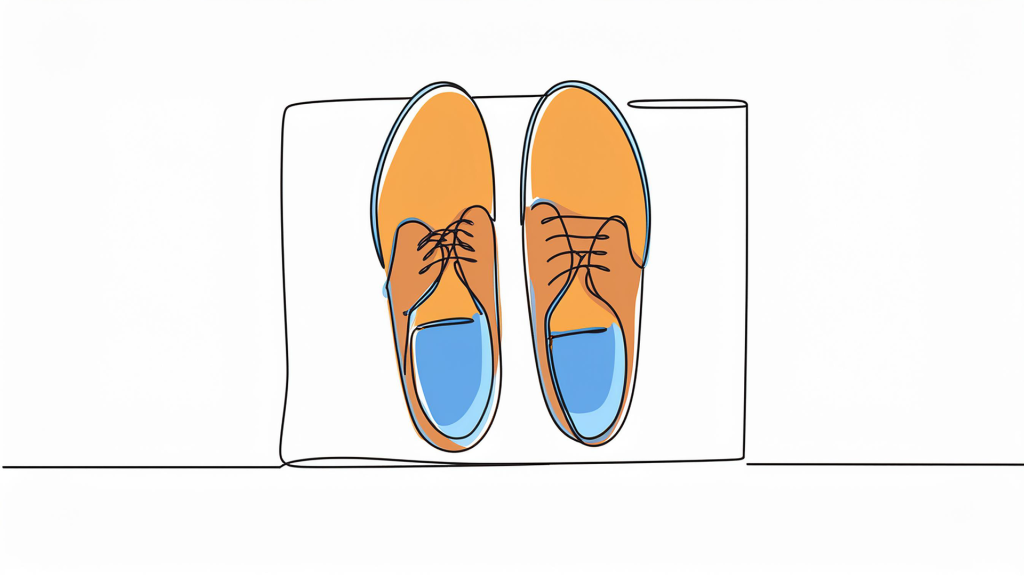Case Studies and Reflective Tools
Case Study: Shoes Off? Part Two

Farrah and Agnes are EI therapists in Massachusetts who work for North Coast Human Services. This organization requires that all employees follow OSHA regulations and their employee manual states that EI providers must wear shoes at all times. Agnes and Sarah were assigned to complete an initial evaluation for the Amin family. When they arrived at the family home, Mr. Amin greeted them at the door and asked that they remove their shoes in the foyer. Farrah quickly complied, pulled a pair of clean flats out of her bag, and slipped them onto her feet. As she changed her shoes, she explained to Mr. Amin that North Coast prohibits their employees from being in their bare or sock-covered feet at all times. She remarked that she also lives in a shoes-off house, so she came up with the solution of carrying a pair of extra shoes she never wears outside in her work bag. “I know it’s not ideal, but it’s the best solution I’ve come up with.”
Agnes is new to the North Coast and hasn’t ever been asked to remove her shoes at work before. She freezes for a second, unsure of what to do. Agnes looks at the bottom of her shoes and sees they are a little dirty. She decides that breaking the OSHA rule this once is better than offending a family during their first interaction with her. She slips off her shoes and follows Farrah and Mr. Amin into the house.
As Agnes and Farrah drive back to North Coast from the Amin house, Agnes shares that she hopes that Farrah won’t say anything to their supervisor about her not wearing shoes in the Amins’ house. Agnes stops at Target on her lunch break to pick up a pair of “inside” shoes so that when she next visits the Amin house, she’ll be more prepared.
At the end of the day, Farrah and her boss, Amanda, walk out of the North Coast office together. Farrah mentions to Amanda that she and Agnes are working with a new family that removes shoes in the home. “I know it may seem like a small thing, but in some Muslim homes, wearing shoes in the house is a sign of disrespect. I keep my own pair of house shoes in the car so I can follow the OSHA regulations and not offend families. Do you think that we could do something as an agency to help other EI providers address this challenge?” Amanda assures Farrah that she’ll think of something.
As Amanda drives home, she realizes that North Coast has to stock disposable shoe booties for their infant childcare rooms. She thinks that the booties may be a great solution. As the Director of Early Childhood Programs, Amanda has the power to make this decision. The next morning, Amanda pulls some of the booties out of the supply room and stacks them in the conference room. She sends out an email letting the EI staff know that they are available for EI providers to take and use when going into family homes.
Questions for Reflection
- Farrah had already acquired at least some knowledge of the families in her catchment area. She operationalized her own solution to the issue of taking shoes off by carrying a pair of only in-the-house shoes with her to home visits. Then, she asked Amanda, her boss, to address how North Coast could respond to the mismatch inherent in honoring families’ wishes and abiding by the OSHA regulations. Identify what about this situation is within Farrah’s sphere of control, what’s in her sphere of influence, and what is outside her sphere of influence.
- Amanda has some additional control and influence as North Coast’s Director of Early Childhood Programs. What do you see as within Amanda’s sphere of control and sphere of influence? What do you see as outside her control and influence?
- List the steps of change implementation. At each step, identify what Amanda did well and what Amanda should have done differently to ensure that a real change to the shoe policy is implemented.

